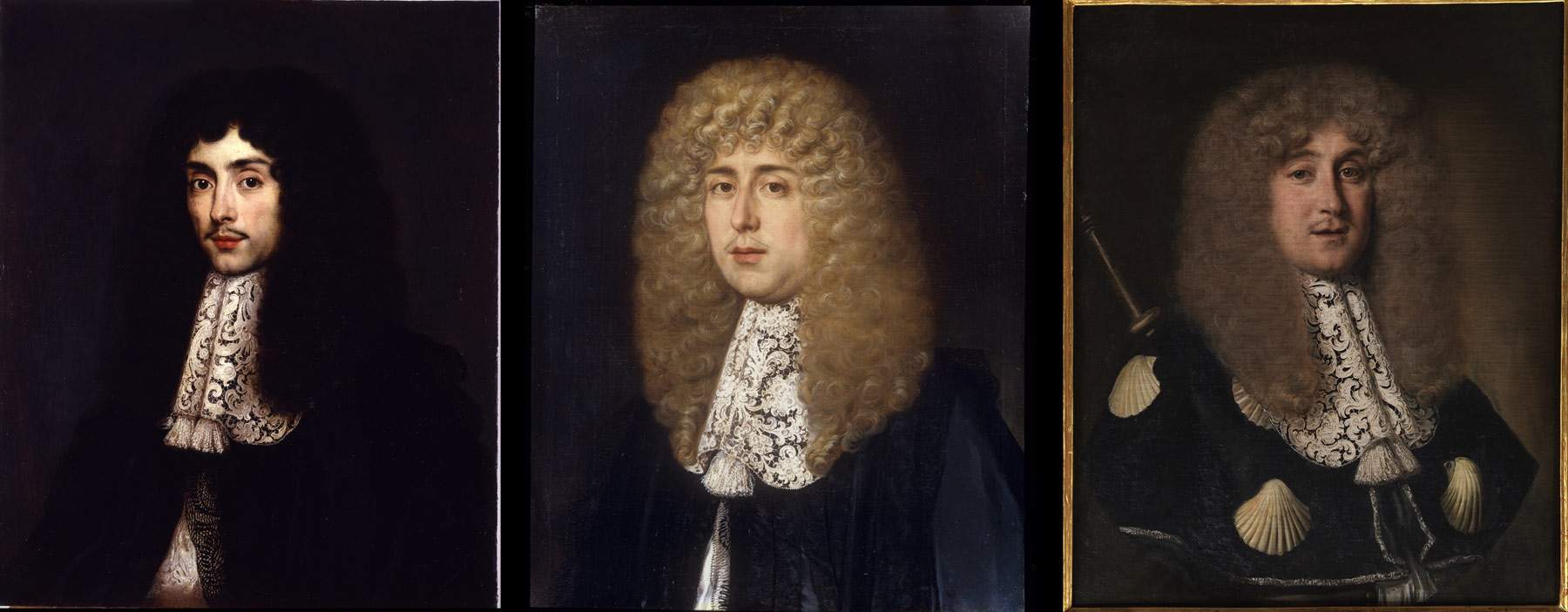In Genoa, Palazzo Reale dedicates an exhibition to the portraiture of Jacob Ferdinand Voet (Antwerp, 1639 - Paris, 1689), one of the greatest specialists in European portraiture of the Grand Siècle, in the age ofLouis XIV, both for the large number of commissions he obtained from the aristocracy, especially the Italian aristocracy, for over thirty years, and for his ability to successfully devise a celebratory model of great pictorial appeal. Entitled The Gentlemen of Voet, the exhibition, scheduled from November 27, 2021 to February 27, 2022 in the Chapel Gallery of the Royal Palace, kicks off a new series of exhibitions, organized along the exhibition route, focused on a small number of works, intended as fascinating insights that the Museum intends to offer its visitors. This series of exhibitions goes by the name “Dialogues” and aims to fulfill the need to tell the story of the rich heritage of the Genoese mansion through specific and valuable focuses in order not to miss the richness and variety of the collections.
The exhibition will feature three paintings useful for acquainting the local public and beyond with the personality and qualities of Jacob Ferdinand. The exhibition, curated by the director of collections, Luca Leoncini, and organized in collaboration with the Galleria Spada in Rome, aims to compare, specifically, one of the most important of the picture gallery of the Genoese residence, the Portrait of Giovan Luca Durazzo, painted by the painter from Antwerp while the Genoese patrician was ambassador for the Republic of Genoa in the city of the popes between 1667 and 1670, with two of Voet’s most typical and celebrated manly effigies of the Roman period, preserved in the Spada Gallery’s collection: Baron Urbano Rocci’s Portrait of Baron Urbano Rocci in Pilgrim’s Dress and Pompeo Rocci’s Portrait of Pompeo Rocci.
Giovan Luca Durazzo was a skilled and measured politician, ambassador to Rome and Milan, long sent to the court of the French king, Louis XIV, from where, it seems, he brought the wig fashion to Genoa. His younger brother Eugene bought the building now known as the Royal Palace in 1679 thanks to a loan from Giovan Luca. Voet paints him wearing a jacket embellished with an elegant black lace fringe, a Venetian lace tie, and a voluminous wig of brown curls. The penetrating vividness of the expression and the gaze that tilts to a smile make this one of the highest quality portraits in the Genoese collection. Pompeo Rocci, a member of a family of Cremonese origin who settled in Rome in the late 16th century, was short-lived and died in 1672, not long after this portrait. Voet, who portrayed the entire Rocci family, shows him in fashionable attire, with an elegant Venetian lace tie, broad wig and thin, barely-there mustache. His title passed to his younger brother Urbano, who adopted his children: among them, Maria Pulcheria, destined for an important marriage to Prince Clement Spada, to whom he brought the family’s works of art as a dowry. The splendid portrait of Urbano Rocci vividly complements the limited information we have on Urbano Rocci. He inherited from his brother Pompeo the baronial title of San Giovanni in Fiore and held the position of Papal Floriere Maggiore, or superintendent of Vatican ceremonial. He belonged to literary academies and was a patron of plays. Voet depicts him in a singular mixture of fashion and devotion: he wears, in fact, the mantle of Santiago and carries the shells and pilgrim’s staff, but he does not renounce the novelties imposed on his hair and precious lace.
The three works, which well represent the quality of Voet’s portraiture, will tell how Voet’s style, because of its qualities of immediacy and decorum, will have a wide hold not only in most Italian courts, but will in some ways foreshadow the international trends of the following century. The exhibition is also accompanied by a catalog published by Il Poligrafo, with an initial essay by Francesco Petrucci (director of the Palazzo Chigi in Ariccia and one of the leading scholars of the Flemish artist), a second by Luca Leoncini dedicated to Giovan Luca Durazzo, a capital figure in the history of the Genoese residence, and a third essay, signed by Adriana Capriotti, director of the Spada Gallery, useful for investigating the story of Urbano and Pompeo Rocci and their family.
Finally, it is worth mentioning the new installation that frames the first stage of the “Dialogues” cycle: thanks to the project of architect Giovanni Tironi, the Chapel Gallery can count on a new agile and flexible structure, capable of fitting into the historical space with discretion and measure, on which to display, in this case, Voet’s three paintings and which will be destined to host future encounters between works of art. Luca Leoncini, director of collections and curator of the exhibition, will give a guided tour next Thursday, Dec. 2, 2021, at 6 p.m. Participation is included in the museum ticket. Reservations are required (realeticket@wticket.it, reachable during opening hours). Admission with Green Pass. For info visit the Royal Palace website.
Pictured: the portrait of Giovan Luca Durazzo, the portrait of Pompeo Rocci, and the portrait of Urbano Rocci.
 |
| Genoa, portraits of Jacob Ferdinand Voet on display at Palazzo Reale |
Warning: the translation into English of the original Italian article was created using automatic tools. We undertake to review all articles, but we do not guarantee the total absence of inaccuracies in the translation due to the program. You can find the original by clicking on the ITA button. If you find any mistake,please contact us.